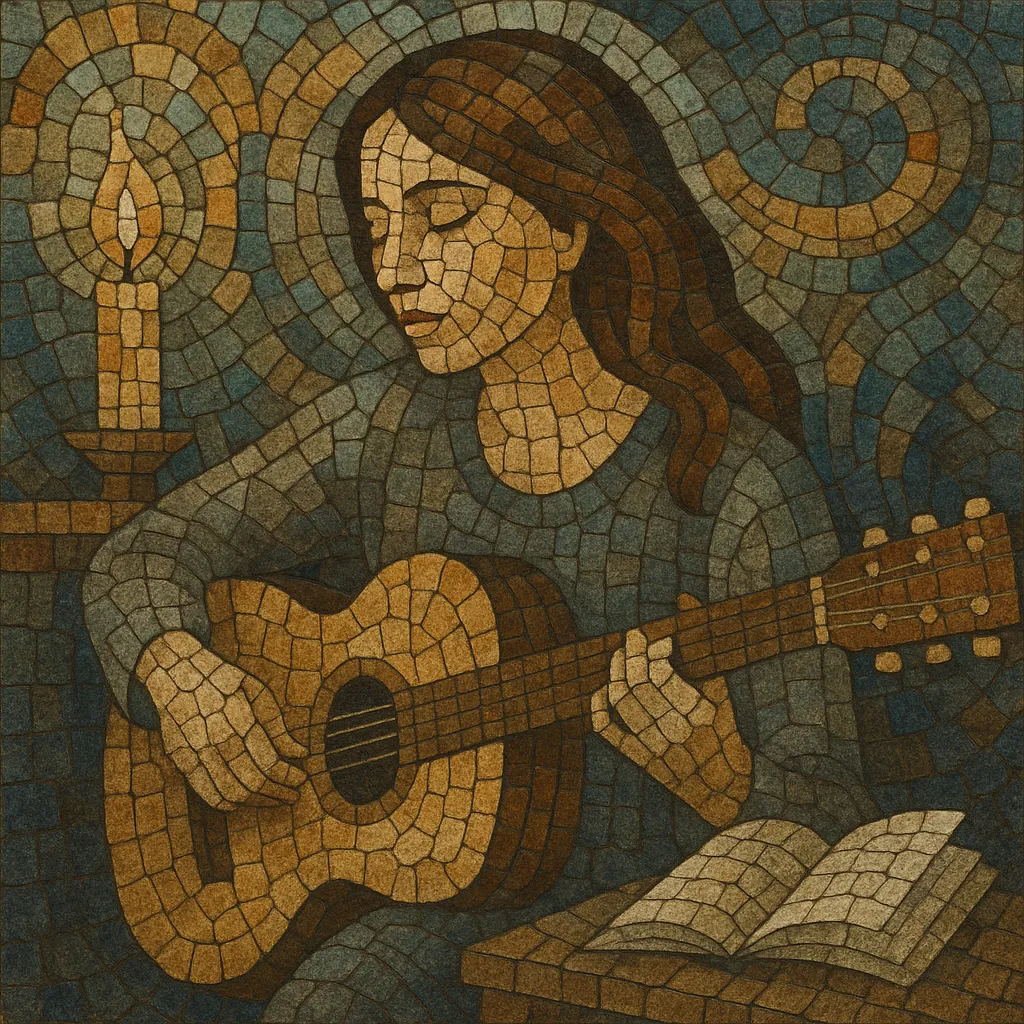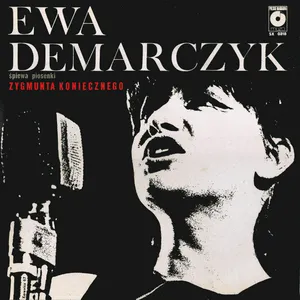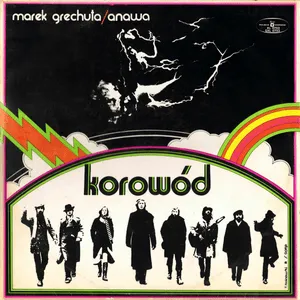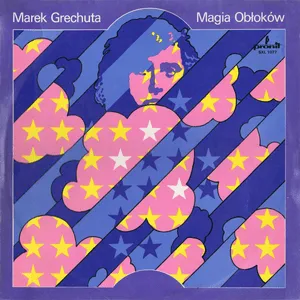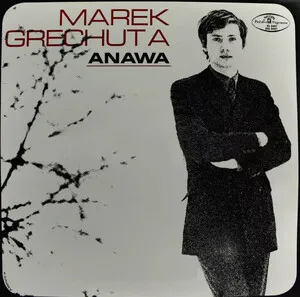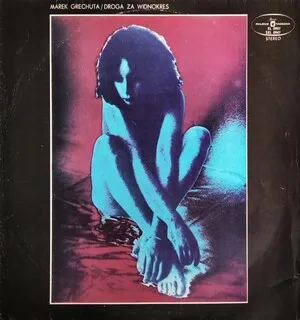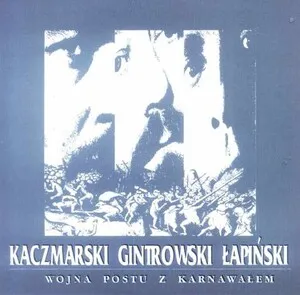Poezja śpiewana (sung poetry) is a Polish song tradition in which existing poems or poetically crafted lyrics are set to intimate, text‑first musical settings.
Musically, it draws on cabaret, French‑style chanson, folk and singer‑songwriter idioms, favoring voice with guitar or piano, subtle chamber textures, and restrained rhythm sections. The melody and phrasing closely follow the prosody of the Polish language and the poem’s imagery, while harmony often leans on tonal or lightly jazz‑tinged palettes that keep the words in the foreground.
Artists interpret works by renowned poets (e.g., Osiecka, Tuwim, Leśmian) with theatrical nuance and clear diction. The result sits between concert music and popular song: lyrical, literate, and emotionally direct, meant as much for listening and reflection as for performance.
Poezja śpiewana crystallized in post‑war Poland’s literary and cabaret circles, notably in venues like Kraków’s Piwnica pod Baranami. Student cultural clubs and festivals encouraged setting poetry to music, blending Polish literary heritage with concert‑song intimacy.
The 1970s brought nationwide visibility through festivals and radio, with artists such as Ewa Demarczyk and Marek Grechuta shaping the genre’s aesthetics: expressive vocal delivery, piano‑ or guitar‑led arrangements, and faithful prosody. Ensembles like Wolna Grupa Bukowina carried the style toward acoustic folk and campfire traditions.
During a period of censorship and social change, poezja śpiewana became a vehicle for allusion and commentary. Jacek Kaczmarski (often with Przemysław Gintrowski and Zbigniew Łapiński) embodied the bardic, protest dimension—marrying sophisticated texts to stark accompaniment that foregrounded meaning.
After 1989, the genre diversified. Artists like Grzegorz Turnau and Edyta Geppert brought refined arrangements (strings, woodwinds, jazz colors) to concert halls, while festivals (OPPA, Yapa, FAMA) sustained a pipeline of new singer‑interpreters and ensembles.
Poezja śpiewana remains a living tradition across theaters, cultural centers, and recordings. Contemporary performers blend chamber, jazz, and folk elements while keeping text and interpretation central. The genre’s DNA continues to inform Polish singer‑songwriter, chamber folk, and literate pop approaches.
Select a poem (public‑domain or with permission) whose imagery and meter suggest musical shape. Prioritize clarity of meaning, natural prosody, and space for interpretive phrasing.
Craft a vocal line that follows the poem’s cadences; favor stepwise motion and singable ranges. Use tonal or modal harmony with occasional chromatic color (e.g., jazz‑tinged chords, modal interchange) to support, not overshadow, the text.
Keep rhythms speech‑informed and flexible—strophic or through‑composed forms are common. Avoid heavy grooves; let tempo breathe with the poem. Strategic rubato and dynamic contour enhance key lines and images.
Core setups include voice with guitar or piano. Add discreet chamber colors (violin, cello, clarinet, flute, accordion) for timbral variety. Percussion, if any, should be sparse (brushes, soft mallets). Orchestrate to leave textual space.
Enunciate clearly, shape phrases to semantics, and use theatrical nuance (but avoid melodrama). Treat silence as part of the arrangement—pauses can underline meaning.
Favor intimate, room‑like acoustics with natural reverb. Place the voice upfront; avoid dense mixes that obscure consonants. Align mic technique with proximity effects to preserve warmth and intelligibility.

